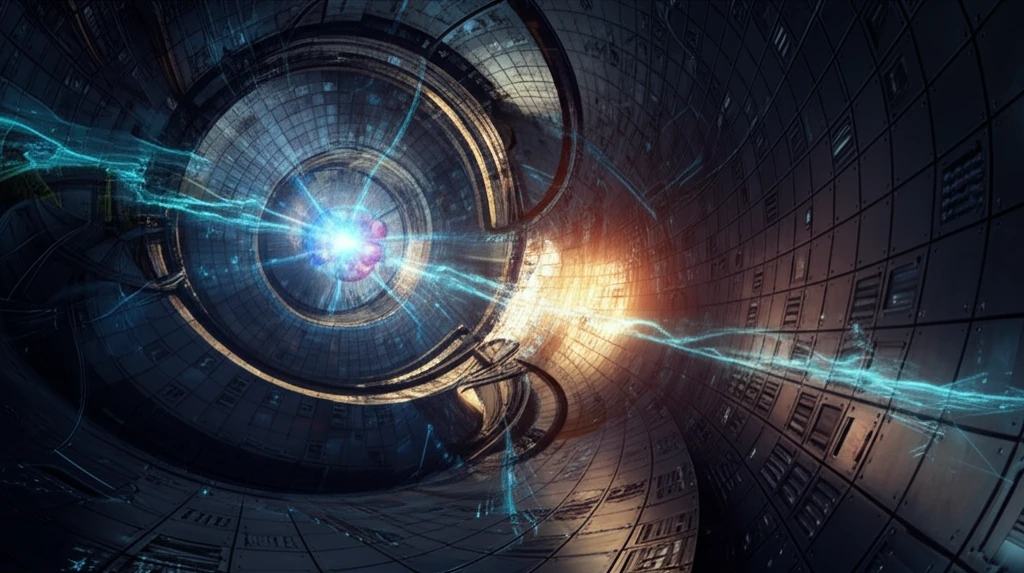
Unlocking the Atom: How Cyclotrons are Revolutionizing Nuclear Physics
"A closer look at how the cyclotron at VECC is changing experimental nuclear physics and what it means for the future of scientific research, with the focus on recent erratum."
Nuclear physics stands as a cornerstone of our understanding of the universe, probing the heart of matter and the forces that govern it. At the forefront of this field is experimental research, where scientists use advanced tools to unravel the complexities of atomic nuclei. Among these tools, the cyclotron stands out as a pivotal instrument, enabling researchers to accelerate particles to high energies and study their interactions.
The Variable Energy Cyclotron Centre (VECC) in Kolkata, India, is a hub of such experimental activity. VECC's cyclotron has been instrumental in numerous studies, driving advancements in nuclear physics. This article will delve into the significance of VECC's research, focusing on recent errata that underscore the meticulous nature of scientific inquiry.
The study of errata, or corrections, in scientific publications is crucial. It exemplifies the self-correcting mechanism inherent in the scientific method. Errors can occur due to various factors, but their identification and correction ensure the integrity and reliability of research findings. This process enhances the accuracy of the data upon which future scientific endeavors are built.
The Cyclotron at VECC: A Deep Dive

The cyclotron at VECC is designed to accelerate charged particles to high speeds, enabling scientists to conduct experiments that probe the structure and behavior of atomic nuclei. By colliding these high-energy particles with target materials, researchers can observe the resulting nuclear reactions and gain insights into nuclear forces, energy levels, and the fundamental building blocks of matter. The VECC facility supports a wide range of experiments, attracting researchers from across the globe.
- Investigation of nuclear reactions
- Study of exotic nuclei
- Development of advanced detector systems
- Theoretical model refinement
The Future of Nuclear Physics Research
The ongoing research at VECC and similar facilities worldwide holds immense promise for advancing our understanding of nuclear physics. By continually refining experimental techniques, improving theoretical models, and maintaining rigorous standards of data accuracy, scientists can continue to unlock the secrets of the atomic nucleus and its role in the universe. Errata, while representing corrections, are a testament to the scientific method's ability to self-correct and improve, ensuring a solid foundation for future discoveries. The future of nuclear physics is bright, with each experiment and each correction contributing to a more complete picture of the fundamental forces that shape our reality.
